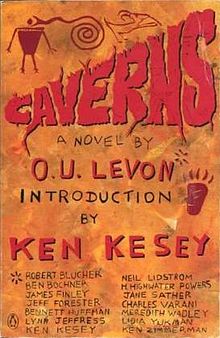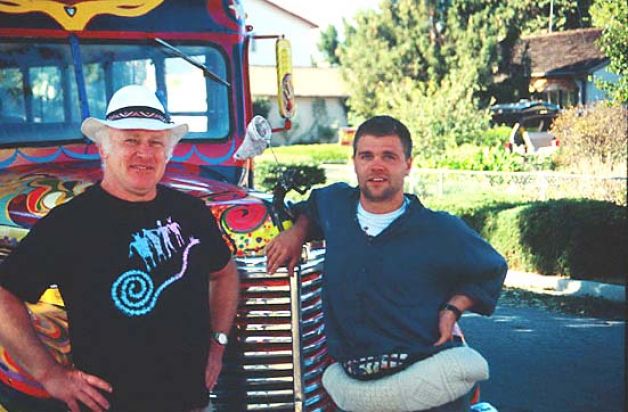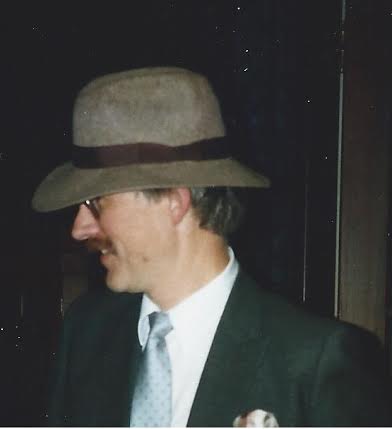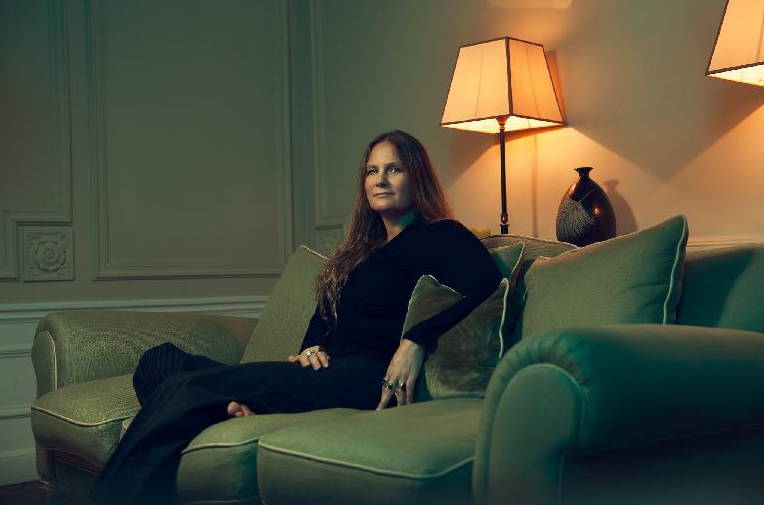During the academic year of 1987-1988, Ken Kesey taught a graduate-level creative writing class of thirteen students at the University of Oregon. He charged the group with producing a full-length novel in one school year, which they did, publishing Caverns under the name O.U. Levon (Novel University of Oregon backwards) in 1990.
It is my intent to interview each living author about the project and what they learned from Kesey.
Charle’s Varani’s interview is the fourth I’ve published. I outline the project in more detail in my initial posting and provide links to the other interviews.
 What is your life like now? Are you still writing?
What is your life like now? Are you still writing?
As I have for over twenty years, I teach Literature and Composition at Western Oregon University. I am currently working on a novel, Hidden Rivers, about the unseen currents that move within us and occasionally spring to the surface. For several years, ongoing neurological problems prevented me from writing at all. Prior to that, I wrote short stories, poems and two unpublished novels. Not insignificantly, over the years I’ve practiced the martial art of aikido. In aikido, words are not necessary and feedback is immediate.
What did Kesey have in mind when he proposed the class?
Kesey’s idea for our class novel predated the technology that existed! His idea was to have us all working on interlinked IBM computers so we could all see the same story and make our drafts and edits in collaboration with each other. But that technology wouldn’t exist, in a practical way, for another decade. Written today, Caverns would be a different book, like a collaboration on Wikipedia. I can’t imagine what that story would be like, but I’m glad for the class we had.
What do you remember most about the process of writing a book with thirteen other people?
Work can be fun when you are surrounded by the right people. The process itself consisted of talking out our ideas, doing background research on the 1930’s, experimenting with how to compose it, before he gave us the newsroom format of composition at the beginning of the second term. Then came the hard work of revising it to its conclusion. At the beginning, we thought Kesey had a plan in mind for the story. We soon found out that we were making it up as we went, starting with characters and their needs, then defining the setting — a period of time before any of us were born — and going on from there.
What did you learn from writing Caverns?
Generally, that writing is a noble endeavor that links writers with readers, as well as with the generations of writers who have preceded them. That it is as hard to write a bad book as it is a good one. Early on in writing Caverns Kesey said, “check your ego at the door.” By that I think he meant that when you lose yourself in the writing and tap into that source of all creativity, you will find your characters and their story, and that is your goal as a writer, not lecturing readers about your pet cause.
Specifically, how challenging it is to get that many people moving in the same direction! It took a person with Kesey’s engaging presence, his determination, and his understanding of people to pull off Caverns. I learned about the importance of anchoring your reader in the story so they know where they are and what is going on. I also learned that each novel presents unique challenges and that discovering the solutions is part of what is accomplished in the writing. Writing Caverns taught me how to write Caverns and, to the extent that I contributed, Caverns wrote me, by showing me my own processes.
What stands out in your memories of Ken Kesey?
Kesey’s generosity toward us. He shared with us his knowledge about writing, introduced us to writers, opened his house to us and fed us for a year. He took us on field trips to do research. He had a dynamic spirit and a mind that was always working. To be around that spirit was contagious. It created a real community. He taught us about the importance of having a writing community, and that without a community we can find ourselves isolated and adrift.
How do you feel about the book as a finished product?
I love it. It exists for me on two levels, as our finished written tale, and as the story of how it came to be!



